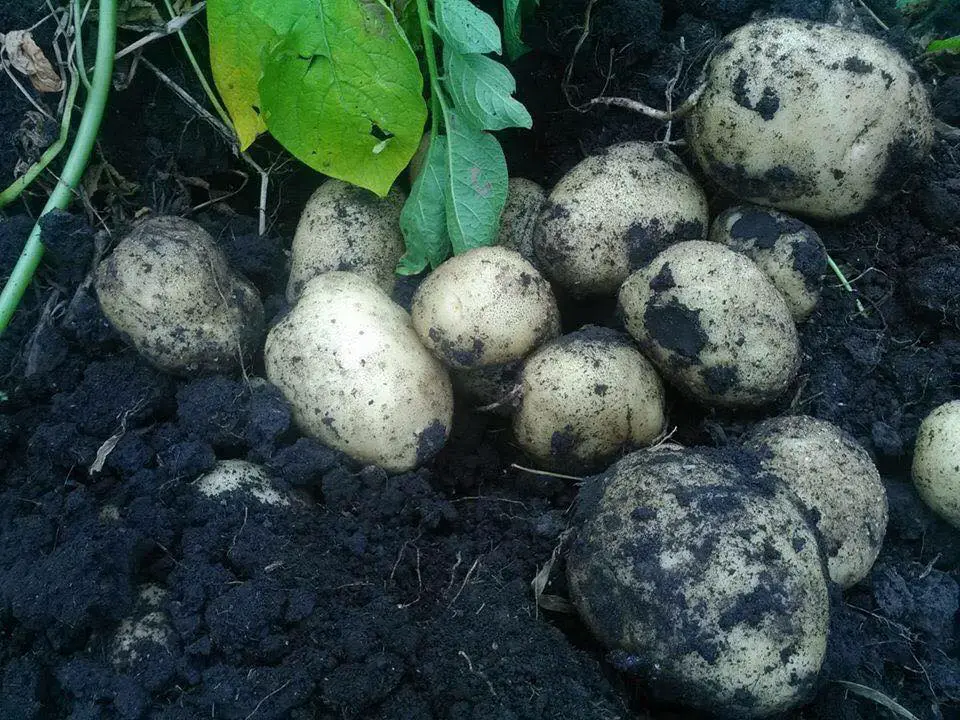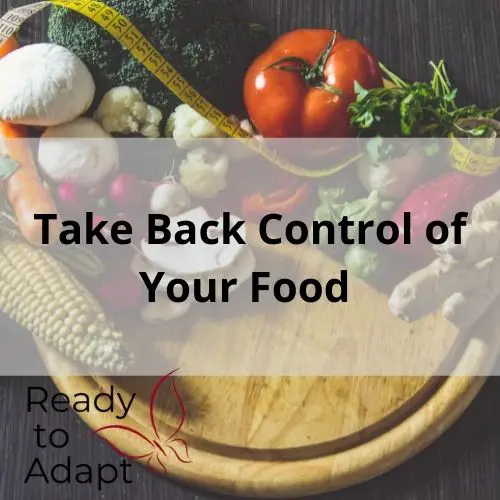
Our world is changing. Coronavirus has us isolating in our homes, businesses are closed and there is likely more to come. How do we build resilience in times like these? Supporting local businesses is now more important than ever.
Being a “locavore” means choosing food that is grown locally, and is one way that you can quietly challenge consumerism.
Our lives are constantly filled with advertising and encouragements to treat ourselves to exotic wonderful foods, many flown huge distances to get to our plate. But what is the true cost of the food, in its packaging, and how far it travels, and to the ecology impacted by it? Not to mention the loss of local alternatives. We encourage you to apply self-regulation to your current diet and source your food as locally as possible.
To ensure a livable future for everyone, we all need to embrace our local food systems, and eat more locally. Contrary to what consumerism tells us, it is not normal to eat whatever we want, whenever we want it. We need to set the “I deserve it” thinking aside and learn to live within the constraints of our ecosystems, celebrating the taste of where we live, and finding new ways to make the most of every item.
What is eating local?
The primary reason why eating local is good for the planet is the reduction in energy resources required for transport and storage. Generally, the further a food has travelled from “paddock to plate”, the greater its impact on the environment. This is because of fuel used in transport and increased greenhouse gas emissions used for refrigerated storage and packaging.
The mode of transport matters too. Transporting food by air generates 177 times more greenhouse gases than shipping it.
The global food system lets us eat food from all over the world, all year round. But food miles impact adversely on the nutritional quality of fresh foods, and on the environment. Many of those imported foods are also chemically treated on entry to our country to protect against disease and pests carried on the produce itself. Not to mention the chemicals and processes in other countries may not be of acceptable standard here.
Yet while eating foods grown close to where we live makes planetary sense, farmers markets and foods grown more sustainably (organically) often carry a price premium and seem to be targeted to a trendy and wealthy demographic. These higher-priced items are often better grown at home.
In order to eat more locally, we need to take a good hard look at what we eat regularly. So grab a notebook and go through your pantry. Write down the product name and where it was produced. Now do the same with your refrigerator. This might also be a good time for a cleanout.
Attached the bottom of this article is a free downloadable sheet to help you with this process.
Now really look at what you eat regularly. How does it fit into the local ecosystem? What does it do for your local economy? Can you find a local source or alternative for this product? If not – can you find an ethical source close by? For example – toilet paper is made from trees typically but there are several companies now making it from regenerative bamboo. This means that you are not harming the ecosystem by cutting down trees.
Apply self-regulation to your shopping and eating habits. Find ways to improve your diet and shopping habits by sourcing as much as practicable from local sources and try to apply regenerative focus to things you cannot source locally. Accept feedback from your research. If you are unable to purchase a particular product locally can it be substituted for a more local product?
You will need to do some research and planning. You may need to find some new ways to prepare and cook some items. Make a list of the everyday items you use and look within a 100-kilometre radius to see if you can support local businesses in your area by purchasing these items from them rather than the big supermarkets. Really look at what you eat, how it fits into the local ecosystem and what it does or doesn’t do for your local economy.
10 tips for eating local
Taken from article by Karen Charlton and Amy Carrid.
So given that eating local can be tricky, here are some tips:
1: Become familiar with foods that are grown or produced locally and what time of the year they are available. Seasonal food guides are available from some fruit markets and online. Your local library may also have books that will show you what is planted when in your climate. This will give you an idea of seasonal variations.
2: Look for local farmers markets, community gardens, food co-operatives and community supported agriculture schemes. Green Connect is one example of a community-supported agriculture scheme operating in the Illawarra region of New South Wales. In some states such as Tasmania, a thriving food tourism culture may encourage consumers to eat locally but this concept has not been replicated in other parts of the country.
3: Grow your own fruit and vegetables and keep chickens in your own backyard, or get involved in your local community garden, and trade produce with neighbours.
4: Read the labels of packaged foods. The new “Made in Australia” labelling on foods makes it easier to determine where the food (and its individual components) has been grown, processed and packaged.

5: Choose less processed foods. Generally, the more processed a food is, the more energy and water it requires in the production process. Replace junk food with fresh fruit, nuts, and vegetables.
6: Create an Eco-Friendly Food Challenge and get some friends to join you. Make it fun.
7: Cook meals using fresh ingredients rather than purchasing ready-made meals.
8: Ask your food retailers and manufacturers about the origin of the food you are buying. Locate fruit and vegetable retailers, butchers, delicatessens and fishmongers who sell food produced locally.
9: Limit your intake of alcohol and purchase locally-grown alcohol with the lowest food miles possible. If you enjoy a particular beer or wine, contact the manufacturer to learn about their environmental policies and to advocate for more environmentally friendly production methods.
10: The Fair Food Forager app allows you to search for food outlets that adhere to fair and sustainable practices.
Benefits of a Locally sourced diet include more control over quality, a better sense of your local economy, less food miles and it’s better for the environment. A win all around.



